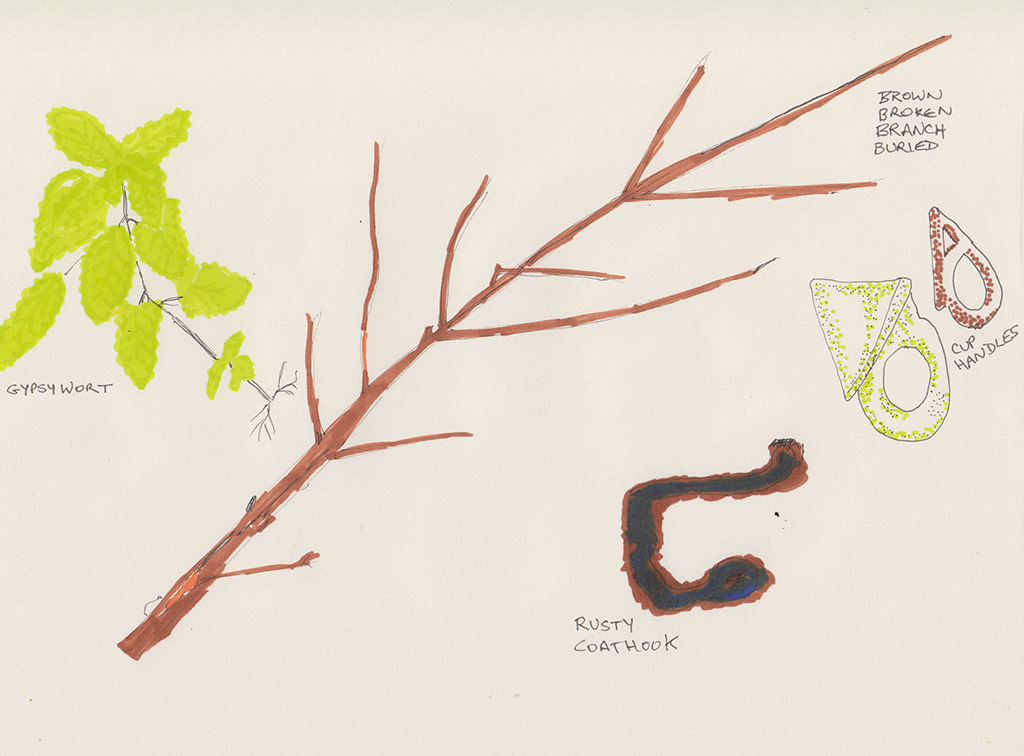Reflection - Creekside Walk
I wanted to write a little about the development phase of a public art commission I'm currently working on, provisionally titled Reflection. The finished work will explore the future of an area in south east London I've come to know well, Deptford and Greenwich, and thread this to aspects of the area's social history.
I devised a series of public events, workshops etc. as part of the development process. Partly this was for my own research - talking to a local expert, for example. Partly it was a way to meet some local residents who I might not normally come into contact with, and be able to have individual conversations in an atmosphere conducive to thinking about big questions, like the future of the local area, the river and the wider city.
The first event happened on Deptford Creek. In collaboration with the wonderful Creekside Education Trust, I went on an expedition with 20 or so local residents, wading through the water all Saturday morning whilst talking about ecology, the post-industrial landscape and all the cool stuff we were finding in the water as we walked. The expedition was led by Nick, a botanist with decades of (quite amazing) history in the area, and a wealth of knowledge that he could just summon up in casual conversation, or whenever we stopped to look at a particular feature in the water.
After the river expedition, we carried our collected animals, plants and human detritus back to the Creekside Centre, where we spent the early afternoon illustrating. Again this was a nice opportunity to ask people what they thought about the creek, the Thames, their history and future. All whilst having my illustration skills upstaged by local residents!
I learned many things, here are just a few:
- I'd expected people to be fascinated by plant and aquatic life, but overall they were probably more interested in human artefacts - especially contemporary ones. It felt like we were using the river as a mirror in which to look at ourselves, both positively and negatively: the waste we've left, and also the way that waste allows us to look at our collective recent past.
- The degree to which a river looks clean bears no resemblance to how clean it actually is. Whilst that makes sense in theory, it was funny watching us struggle to understand it, whilst Nick patiently explained. Some plants that appear, to an untrained observer, to be suffering the effects of pollution are in fact just undergoing natural processes. But the most interesting story Nick told on that subject related to abandoned shopping trolleys: every so often, he said, well-meaning volunteers would clean rubbish out of the river, removing trolleys amongst other things. After a while, it was shown that this was having a negative effect on biodiversity, because smaller fish had been using the wire cages of the trolleys as shelters from larger predators.
- Crab claws can't pierce Nick's skin, though they can make him wince!
- The Thames is the cleanest river in any large European city. I knew it was pretty clean, as a result of decades of action, but it's important to be reminded of how clean. In conversation on the workshop and elsewhere, people's worries about the Thames being polluted would be one of the first issues raised. It's pretty great that we're all so attuned to things like that now, but it's also a good news story that not everyone seems aware of.





































